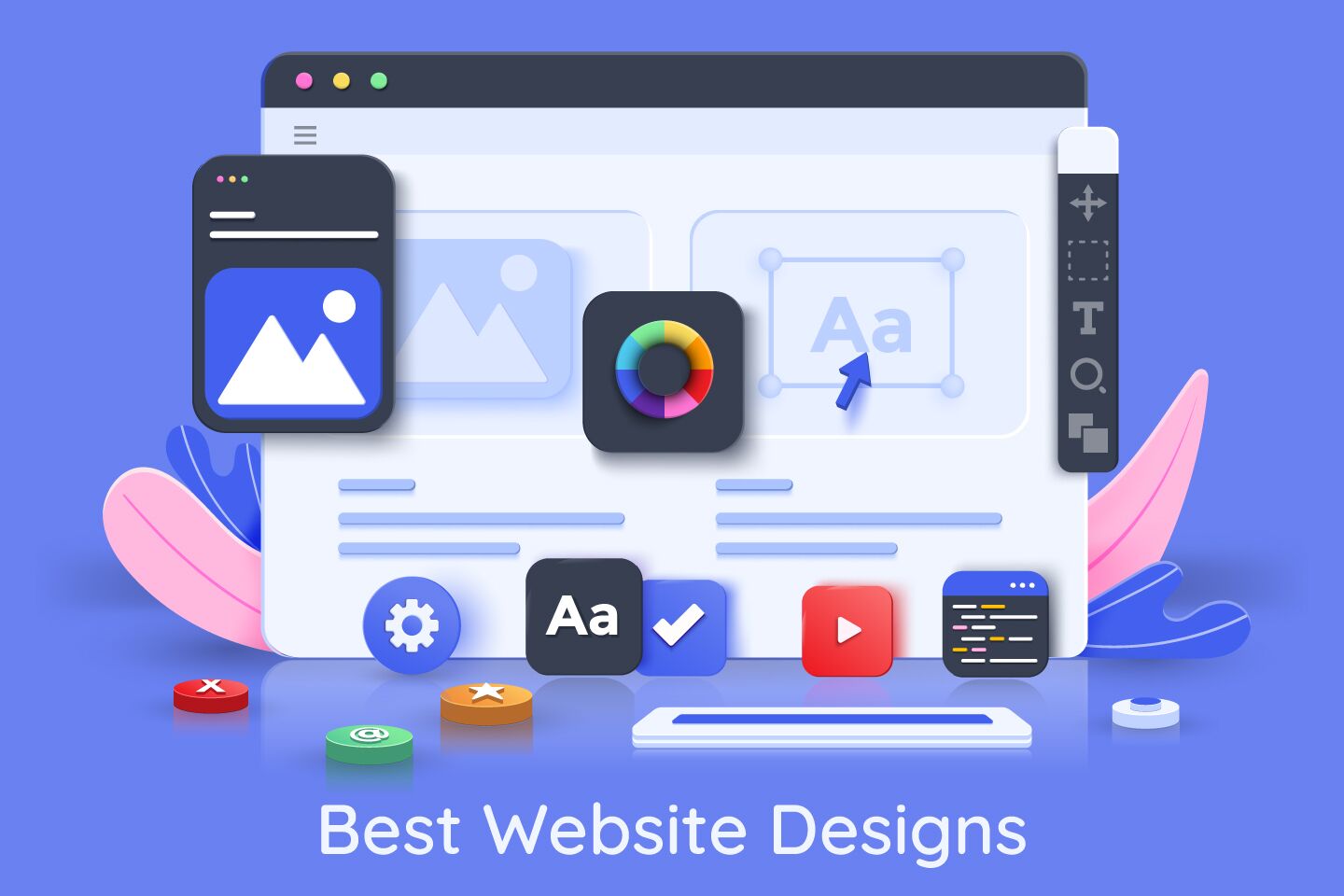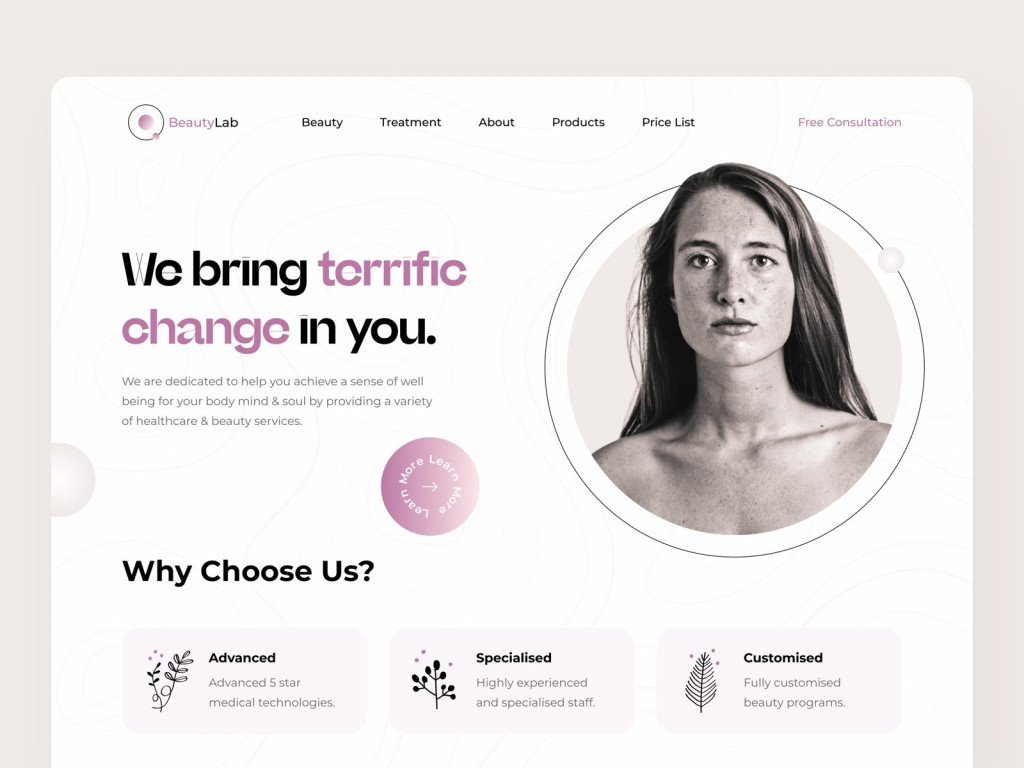The Power of User-Centered Website Layout in Expanding Your Online Audience
In a significantly competitive digital landscape, the value of user-centered web site design can not be overstated. By concentrating on the demands and habits of users, organizations can create sites that not just bring in but likewise engage a diverse audience. Reliable design concepts-- such as instinctive navigation and access-- are necessary in cultivating customer contentment and commitment. Nevertheless, comprehending just how to utilize these concepts successfully increases essential questions about implementation and effect. What techniques can organizations take on to ensure their layouts reverberate with individuals and inevitably drive growth?

Recognizing User-Centered Layout
User-Centered Layout (UCD) is a fundamental technique to website advancement that prioritizes the demands, preferences, and behaviors of end individuals throughout the layout process. This method emphasizes comprehending individuals deeply-- with research study approaches such as meetings, studies, and usability testing-- to produce a web site that reverberates with them. By integrating user comments at every phase, designers can make certain that the last item straightens closely with customer expectations.
UCD promotes repetitive design, where models are evaluated and improved based on individual communications and experiences. This cycle not only enhances use however additionally fosters a sense of ownership amongst customers, as they feel their input is valued and impactful. Additionally, UCD helps identify possible obstacles and discomfort factors in the customer journey, enabling developers to address these challenges proactively.
Eventually, accepting UCD results in sites that are more instinctive, interesting, and efficient. By placing users at the center of the design process, companies can create digital experiences that not just attract but additionally preserve their target audience, driving greater complete satisfaction and loyalty. In a competitive on-line landscape, this strategy is important for accomplishing sustained success.
Key Principles of User Experience
A successful customer experience (UX) rests on several essential concepts that direct the layout process and boost interaction between customers and the internet site. Firstly, usability is critical; the internet site needs to be intuitive, enabling individuals to navigate quickly and discover info promptly. This includes clear labeling and a sensible framework that minimizes cognitive load.
Second of all, ease of access plays a crucial role in ensuring that all individuals, no matter their abilities or specials needs, can properly involve with the site. Including alt message for images, keyboard navigating, and screen visitor compatibility fosters inclusivity.
Consistency is one more important concept. A cohesive layout language, from color design to typography, helps individuals build knowledge and depend on with the internet site (Website Design). It also enhances brand name identification
In addition, responses mechanisms are important. Customers should obtain immediate and clear responses to their actions, whether with aesthetic signs or confirmation messages, which enhances their confidence in navigating the site.
Lastly, mobile responsiveness can not be ignored. With a raising variety of individuals accessing websites through smart phones, a design that adapts seamlessly to numerous display sizes is vital for keeping a favorable customer experience.

Benefits for Online Interaction
Reliable online interaction supplies numerous advantages that can significantly boost a web site's general efficiency - Website Design. By fostering meaningful communications in between users and the web site, companies can cultivate a faithful audience that returns with consistency. Engaged individuals are most likely to share web content, thus increasing natural reach and drawing in brand-new visitors with word-of-mouth promo
Improved online involvement also causes enhanced customer fulfillment. When individuals locate a web site that reverberates with their requirements, they are a lot more inclined to explore its offerings extensively, which can lead to higher conversion rates. Furthermore, appealing material motivates customers to spend more time on the site, lowering bounce prices and favorably affecting search engine ranking formulas.
Moreover, reliable engagement supplies very useful insights into customer choices and actions (Website Design). By examining customer communications, companies can customize their web content and layout strategies to meet the evolving assumptions of their target market. This flexible strategy not only improves engagement but additionally strengthens the brand's reputation as user-centric and responsive
Ultimately, focusing on on the internet engagement through user-centered style develops a growing ecological community where both the target market and the organization benefit, causing sustained growth and success in the electronic landscape.

Strategies for Effective Design
To make best use of the benefits of online involvement, using certain strategies in site style is vital. Instinctive navigating is vital; customers ought to easily locate info without complication. A well-structured food selection, clear labels, and a sensible power structure improve the individual experience and minimize bounce rates.
2nd, responsive style is important in today's multi-device environment. Ensuring that an internet site adjusts effortlessly to numerous display dimensions promotes ease of access, consequently fitting a broader audience. This flexibility not only boosts customer fulfillment however likewise favorably click for info affects search engine rankings.
Third, making use of visual power structure guides customers' interest to important elements, such as telephone calls to action (CTAs) Employing contrasting colors, varying font dimensions, and tactical spacing can efficiently direct customers toward wanted activities, facilitating better interaction.
In addition, executing consistent branding throughout all pages constructs trust and recognition. A natural color typography, images, and scheme strengthen brand name identity and develop a specialist appearance.
Last but not least, optimizing loading rates is vital. Customers are less most likely to engage with a slow-loading website, making efficiency optimization a crucial facet of efficient design. By integrating these strategies, website designers can boost user experience and ultimately grow their on the internet audience.
Real-World Success Stories
Success tales in user-centered site layout illustrate the concrete advantages of focusing on user experience. One significant instance is the redesign of the website for the nonprofit organization, Charity: Water. By incorporating user responses, the company structured navigating and highlighted narration via impactful visuals. Therefore, they experienced a 250% increase in on the internet contributions, demonstrating how an user-friendly style can drive customer engagement and assistance.
One more engaging case is that of Airbnb, which utilized user-centered style principles to enhance their booking procedure. By streamlining the customer journey and integrating individualized referrals, they considerably lowered website desertion prices. This emphasis on user experience added to an income growth of over 70% in a single year, highlighting the connection between properly designed user interfaces and financial success.
Moreover, the ecommerce titan, ASOS, applied user testing to improve their mobile application. By addressing customer discomfort points, they achieved an impressive 30% rise in mobile sales. These instances highlight that purchasing user-centered layout not just enhances user satisfaction yet likewise drives tangible service results, reinforcing the critical duty of customer experience in attaining on-line development.
Conclusion
Finally, user-centered Find Out More website style serves as a vital method for improving on the internet audience interaction. By focusing on customer demands and choices, companies can create obtainable and user-friendly electronic experiences that foster loyalty and drive conversions. The assimilation of user comments throughout the layout procedure not only reduces bounce prices however go to this web-site additionally encourages expedition. Inevitably, adopting effective user-centered style concepts can significantly add to a company's success in a competitive digital landscape.
User-Centered Layout (UCD) is a basic approach to site growth that focuses on the demands, choices, and actions of end customers throughout the style process. By integrating individual feedback at every phase, designers can make sure that the last product lines up carefully with individual assumptions.
A successful user experience (UX) hinges on a number of key principles that lead the design process and improve interaction in between customers and the internet site.Success tales in user-centered internet site design highlight the concrete advantages of prioritizing user experience. These instances highlight that investing in user-centered design not just boosts customer fulfillment yet also drives tangible organization outcomes, strengthening the vital duty of user experience in achieving on the internet development.